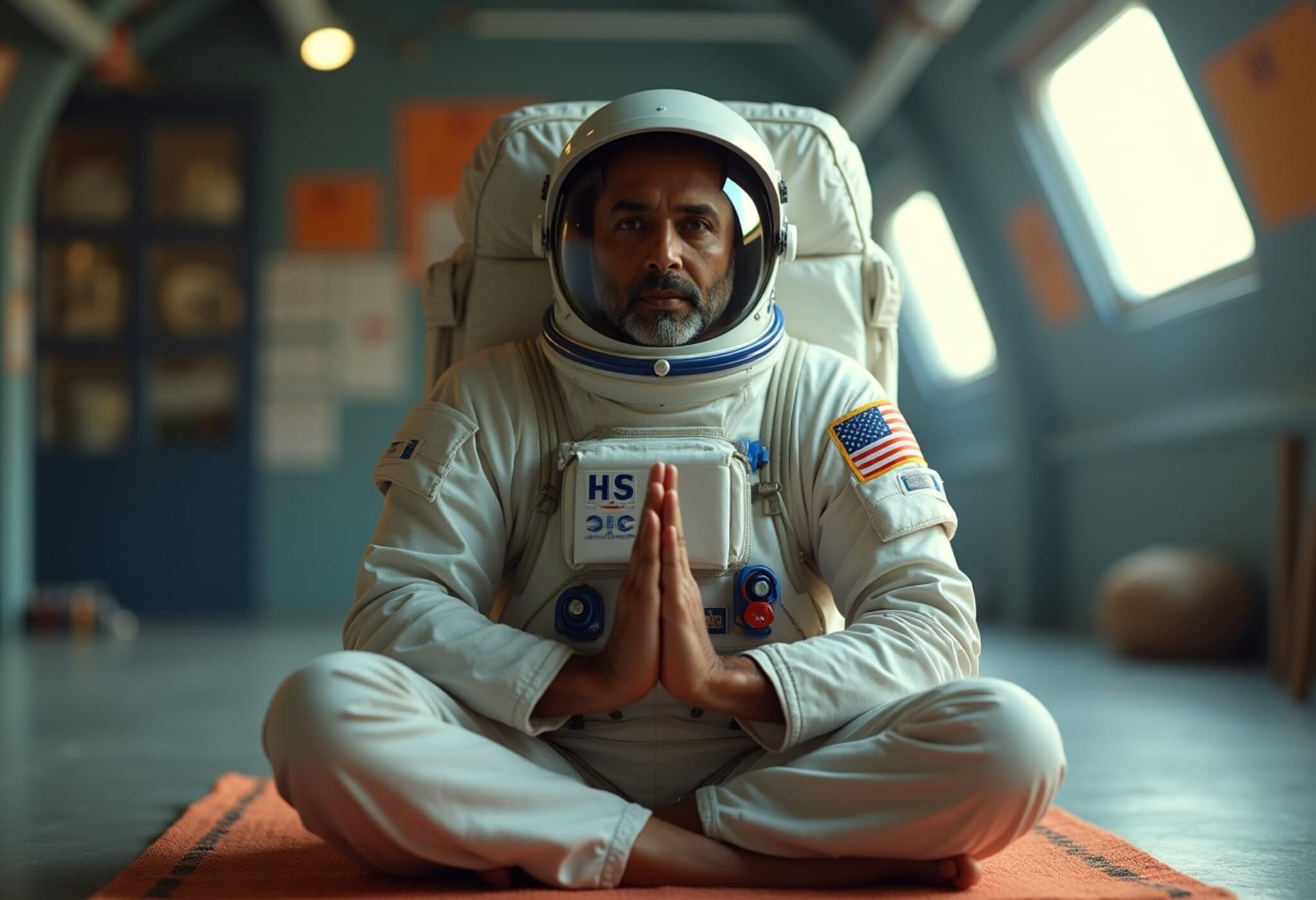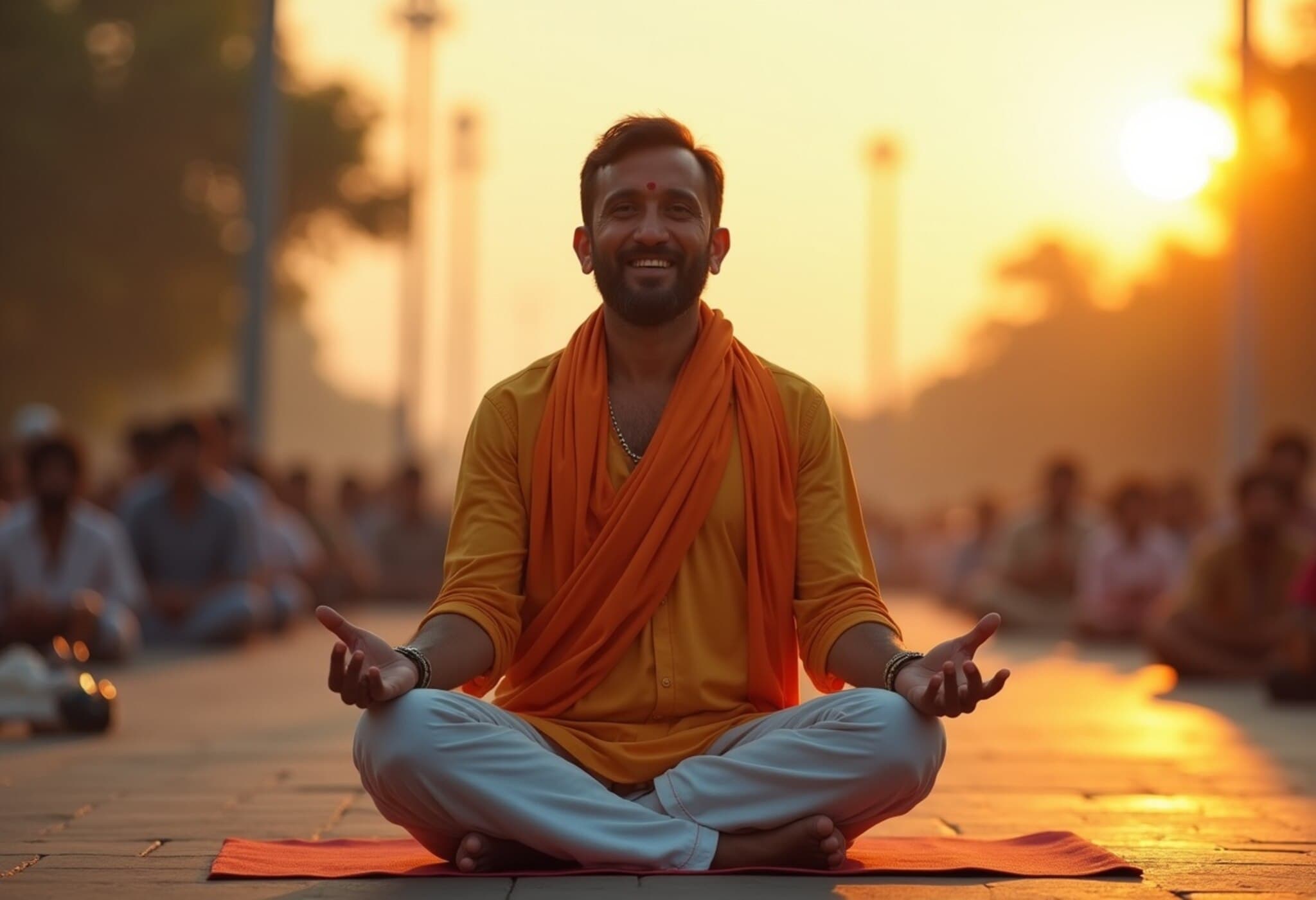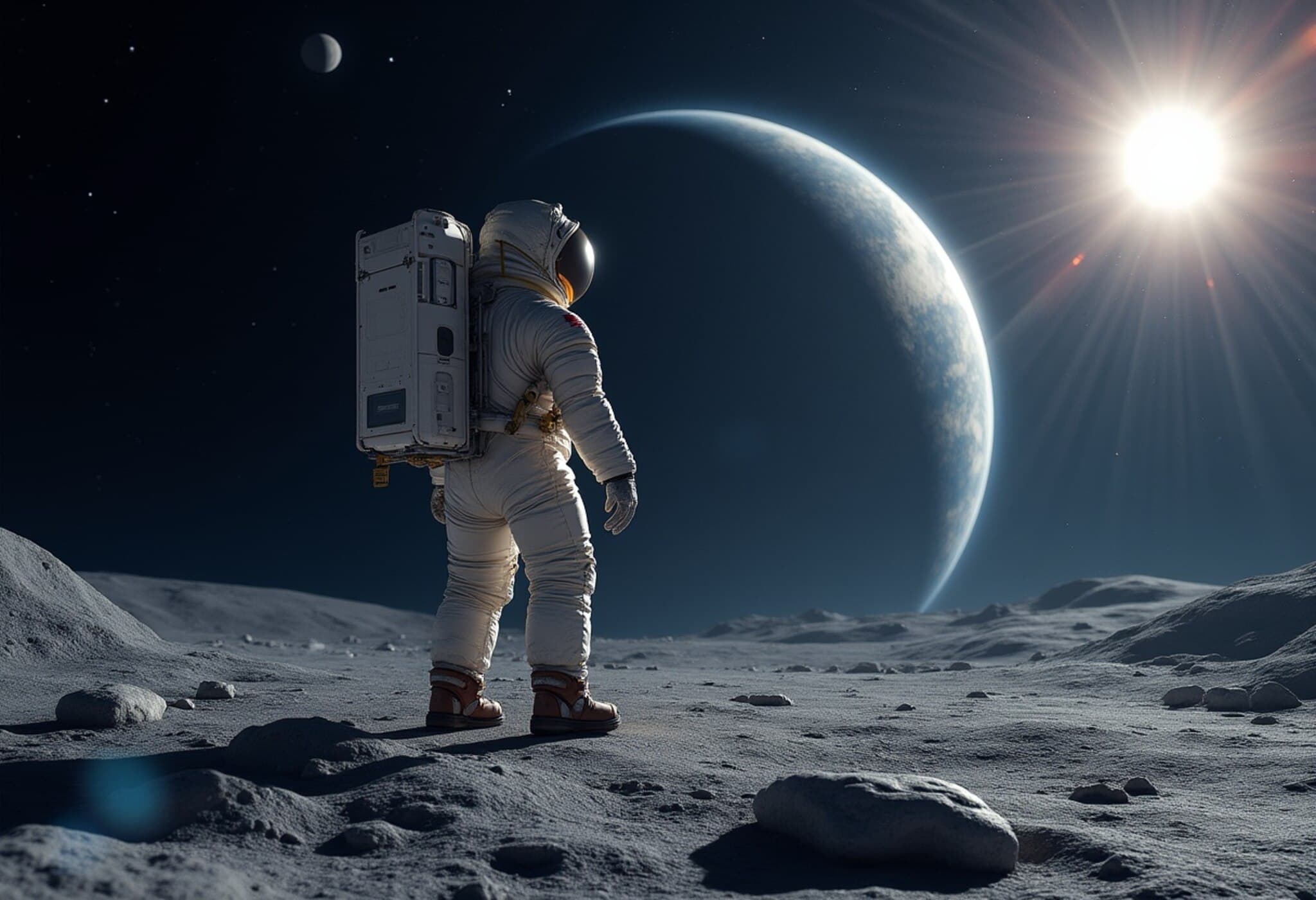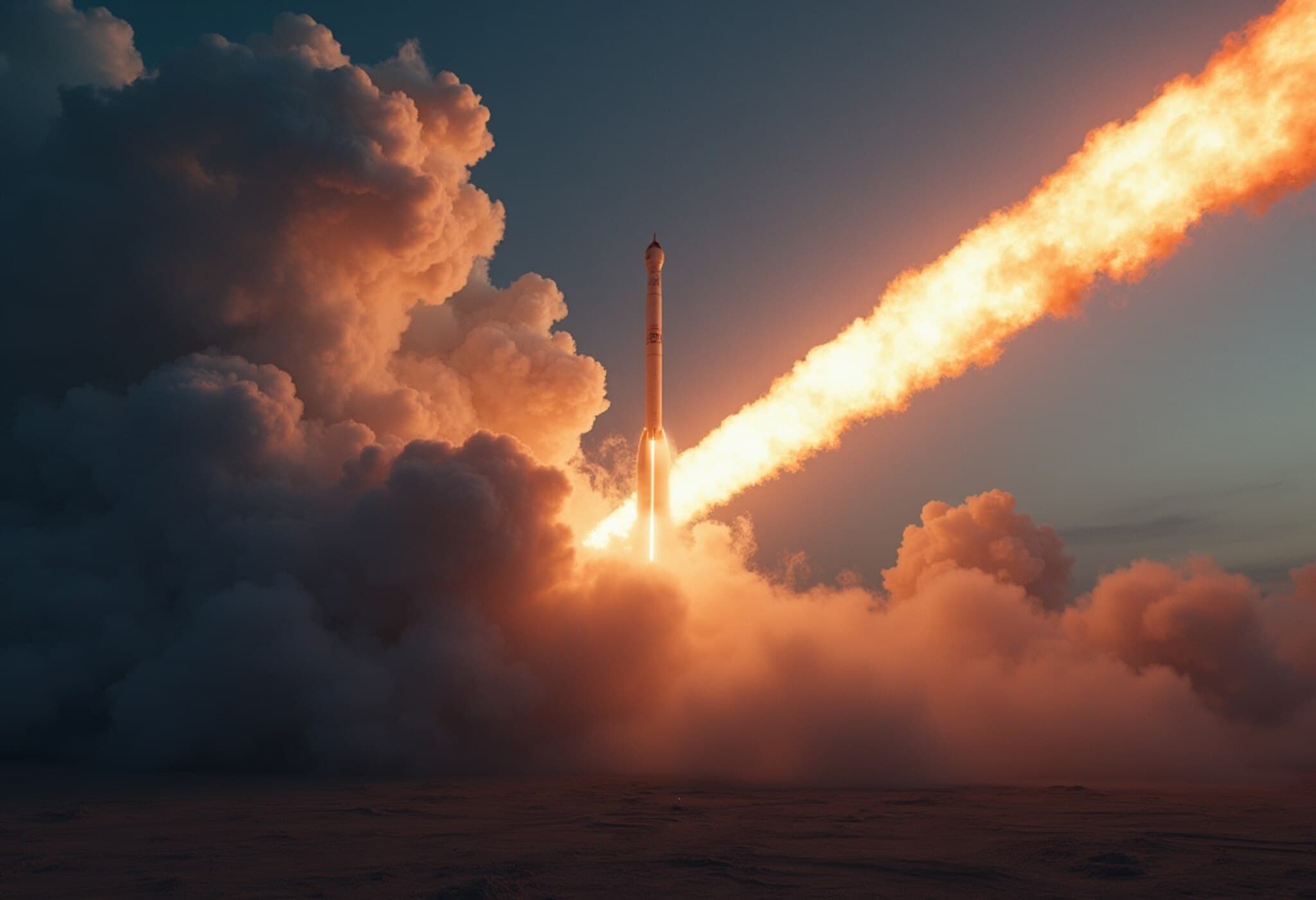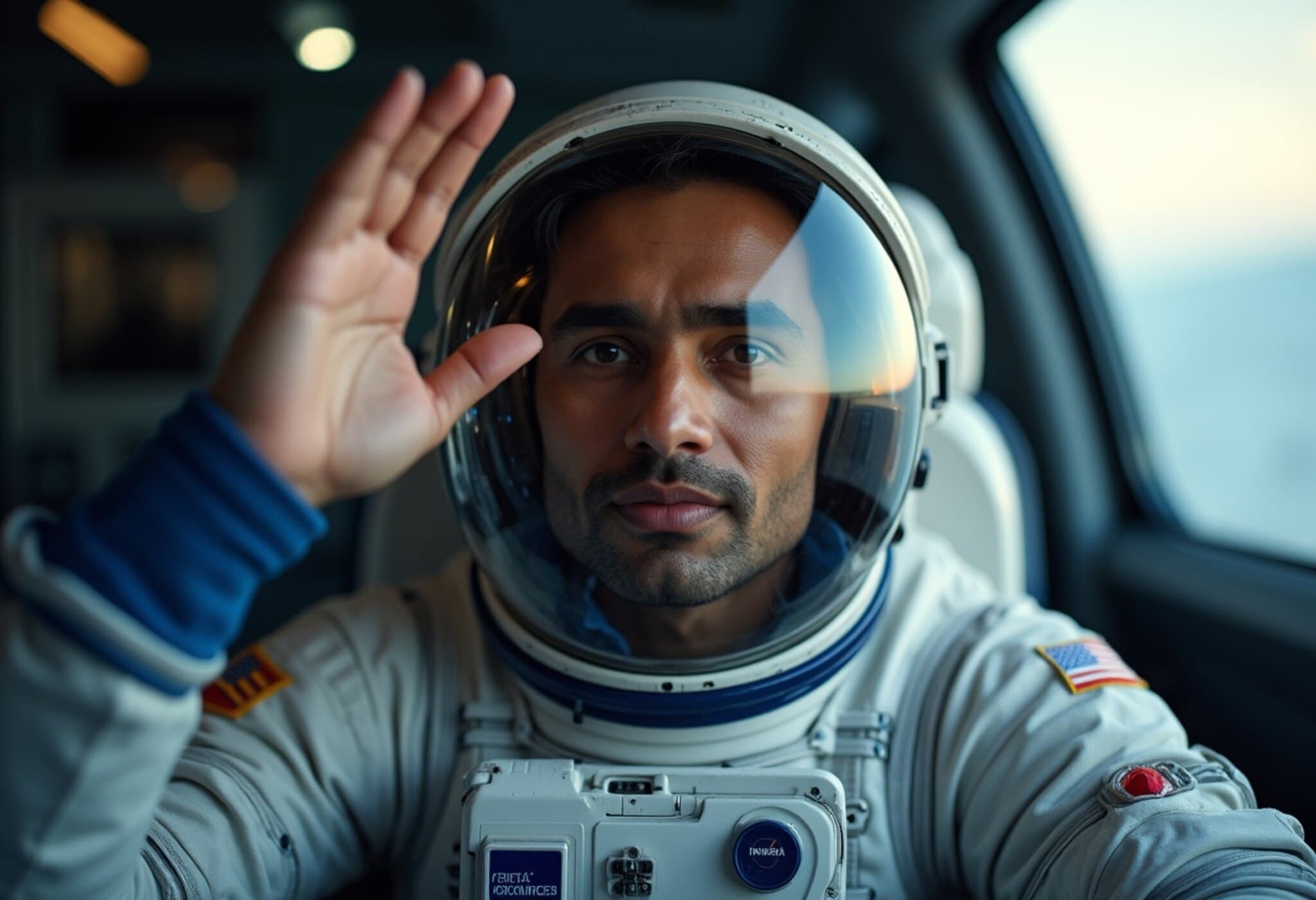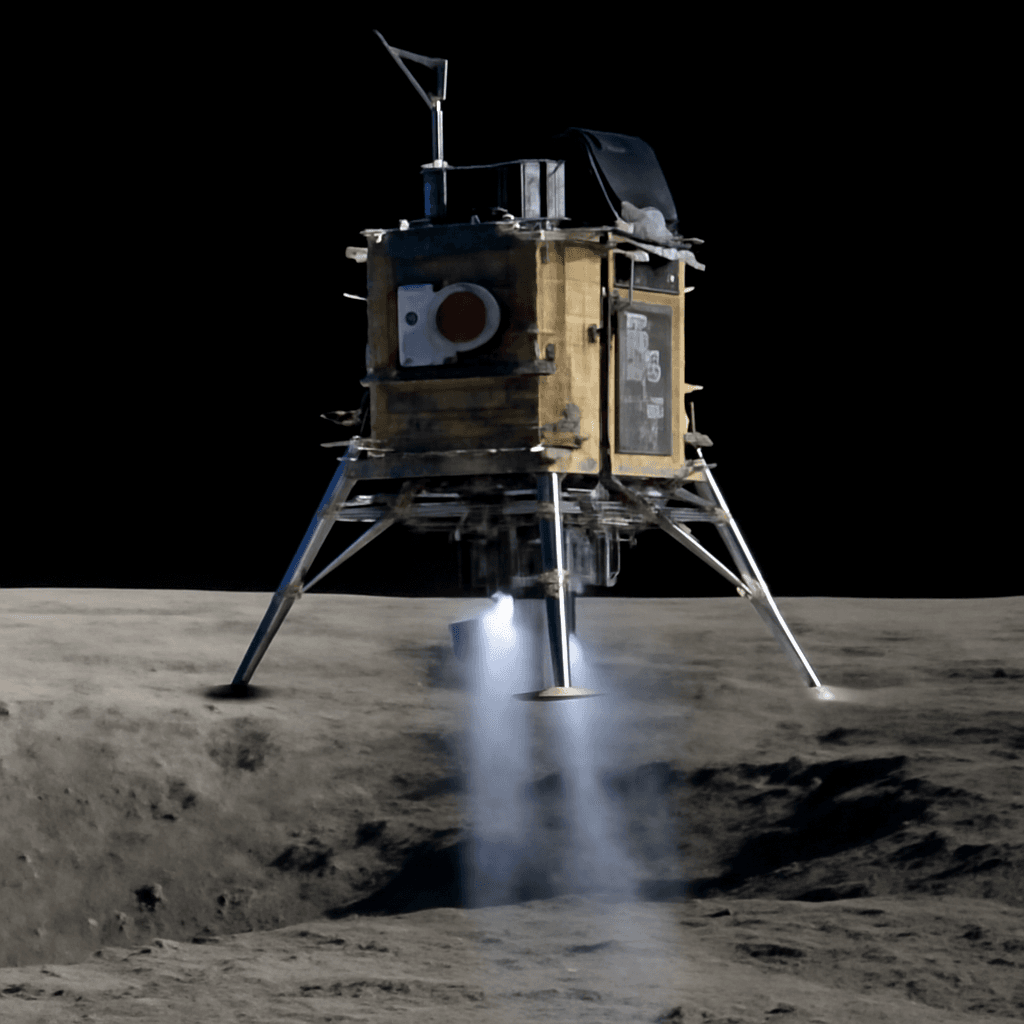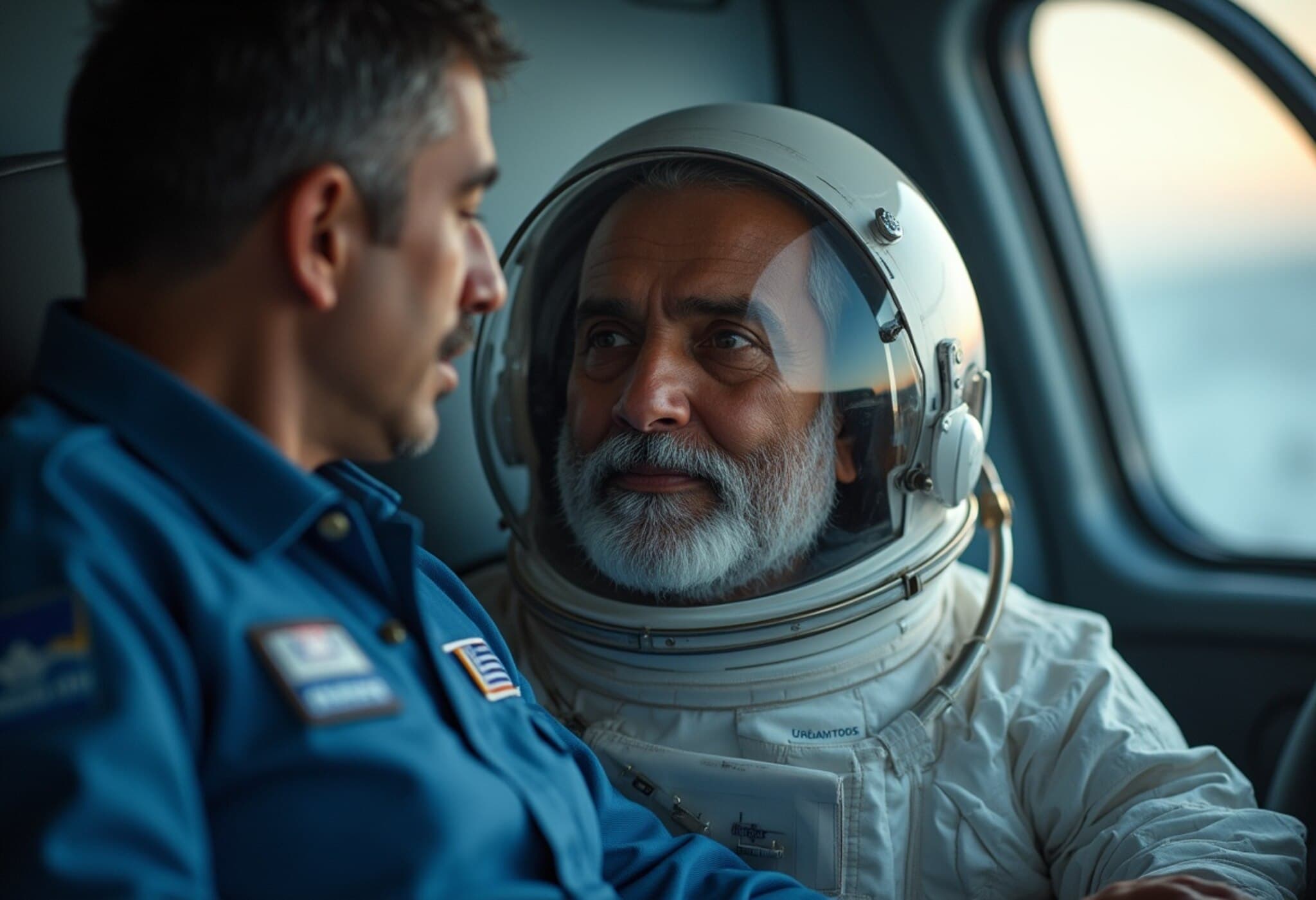Rakesh Sharma: Pioneering Yoga Practice Beyond Earth
Practising yoga is challenging on solid ground, but imagine doing it in zero gravity. Wing Commander Rakesh Sharma, India’s first and only astronaut, took this challenge head-on during his historic mission to space in 1984. Not only did he become India’s representative in low Earth orbit, but he also earned the unique distinction of being the world’s first '_Antariksh Yogi_,' performing the ancient Indian discipline in microgravity.
Yoga in Zero Gravity: The Challenges and Innovation
Aboard the Soviet Salyut 7 space station during the Soyuz T-11 mission, Sharma and his crew investigated how yoga could complement space travel training. Since every spacefaring nation sought effective ways to combat space sickness and physiological challenges, the mission included an experimental yoga regimen. To compensate for the absence of gravity, a special harness with elastic cords was developed, allowing Sharma to mimic the resistance normally provided by gravity on Earth while performing yoga asanas.
He recalled, "Balancing yourself in orbit is quite tricky. If a yoga purist had witnessed our attempts, they might have been disappointed." Yet, this experiment marked a significant first in adapting traditional wellness techniques to the demands of spaceflight.
Comparing Yogic and Cosmonaut Training
Both Rakesh Sharma and his backup, Ravish Malhotra, underwent yoga training for three to four months before launching, ultimately replacing parts of the Soviet training regimen. The goal was to determine whether yogic methods could match or surpass the conventional approaches followed by Russian cosmonauts.
Reflecting on the outcomes, Sharma noted, "Yoga prepared us well, and we were no worse off compared to the cosmonauts. To state it was superior would require a larger sample size." This pioneering experiment paved the way for considering alternative and holistic preparation methods for space travel.
Yoga’s Role in Future Indian Space Missions
As India embarks on new manned missions like Gaganyaan, Sharma weighed in on the potential reintroduction of yoga into astronaut training. He emphasized that, while human physiology remains constant, the current focus is primarily on validating technology and safety systems for initial flights.
"Yoga could certainly be integrated in subsequent missions," he suggested. "It’s important that experiments like these occur at a stage when the foundational systems have proven reliable." His insight leaves the door open for holistic fitness and mental wellness techniques to play a bigger role in India's expanding space program.
Legacy of the Antariksh Yogi
More than four decades since his journey into space on April 3, 1984, Rakesh Sharma’s unique blend of tradition and technology underscores the evolving human journey beyond Earth. His pioneering practice of yoga in orbit stands as a testament to innovation and cultural pride, marrying ancient wisdom with futuristic exploration.
- First Indian in space: April 3, 1984
- Yoga training duration prior to launch: 3-4 months
- Mission: Soyuz T-11 to Salyut 7 space station

